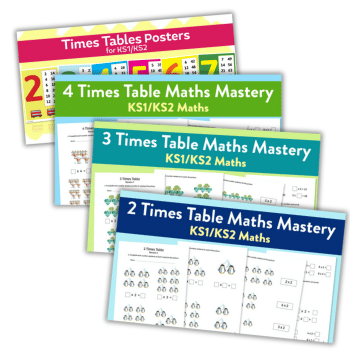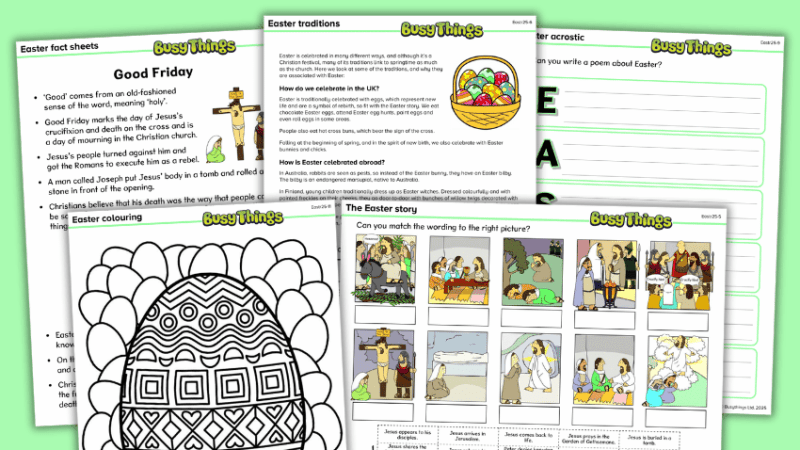10 Quick Ways to Engage Parents in Teaching their Children Times Tables

Despite them being a fundamental mathematical tool, many students leave primary unable to recite times tables to 12…

- by Sue Skyrme

Learning the times tables can be fraught with frustration and angst for many children (and adults!). So why is learning them so important?
As Carol Vorderman said: “It’s a fundamental part of everything that follows in maths. It’s the same as knowing your letters if you are going to read”. It is a basic skill that enables us to function in a range of situation in the real world.
The national curriculum requires children to have recall of all the tables up to 12 x 12 by the end of Year 6, yet many children are transferring to secondary school without this knowledge, with teachers reporting low achievement in tests as a result.
Going beyond rote learning
Without the knowledge of how the tables work and the patterns within them, the facts are unlikely to be retained. We all have different learning styles too – visual, auditory and kinaesthetic among others – so a method which worked for you won’t necessarily work for the child.
For most young pupils, however, any mathematical task needs to have a purpose and be fun and engaging. It is not always possible to meet the learning styles of all children in a busy classroom, and traditionally the times tables have often been sent home as homework alongside spellings.
Unfortunately, this frequently takes the style of rote learning, causing frustration and often confrontation between parents and children – neither of whom wish to be spending their time being tested orally.
So, National Numeracy has conducted research into parental engagement in maths, and is working with schools to provide help.
Extending times tables outside the classroom – how to engage parents
Parents give children their first experience of maths, and it is important that this is positive, fun and productive.
Trending
For mums and dads who aren’t confident in their own ability there are tips you can pass on to help them engage with their children more easily, and without projecting any of their own fears about maths on to the child causing them to develop a negative view of the subject.
- It is vital to praise effort, not just results, so that it’s clear that everyone can learn maths, and use the skills they already know.
- Share with parents why and how to encourage their child to be a mathematician – to work a sum out and check their answer. So, for example, if we know that 6 x 6 = 36, adding one more 6 will give 42, so we now know that 7 x 6 = 42.
- Constant repetition and quick bursts have been shown to be successful – so perhaps test out children’s knowledge when stuck in traffic or brushing hair. Also, encourage children to challenge their parent, making it a two-way game where they’re learning together.
- Give parents access to simple advice on how to encourage children to use what they already know, visualise the numbers, colour in tables patterns on a number square, understand the inverse, recognise the patterns within the tables and also general rules such as ‘an odd number x an odd number will always give an odd answer’ (also ‘even x even = even’ and ‘odd x even = even’).
- Encourage open-ended activities which enable children to explore and discover these rules and patterns for themselves. We learn and retain far more through doing than being told!
- Find real life examples where multiplication skills are needed.
- Help parents to be aware of the progression in learning, so that they start with 5s and 10s, then 2s, 4s and 8s, followed by 3s, 6s and 9s (meaning the doubling pattern can be appreciated).
- Encourage them to develop games for repeating and learning this through immersion. For instance, the 7 times table is traditionally tricky, particularly 8 x 7, so suggest using stickers around the house and saying it in a silly voice every time you see it (you can also move the stickers around into many fun places!).
- Chanting and songs can also be effective – there are many CDs available with the tables presented in memorable songs or rhymes.
- Games such as PLYT are particularly effective as children and parents can play together, and any competitive element always enhances the desire to learn – especially when it’s between family members!
Best of all, these strategies can be easily shared through a leaflet, online or through a fun session with parent and child together in school.
More help available
As a result of National Numeracy’s parental engagement work, a range of resources have been developed to help parents and schools. The Family Maths Toolkit is full of links and tips to help parents. This was developed in direct response to feedback from parents and all of the resources (including board and card games for learning the tables) are only added after being checked, tried and tested by numeracy experts.
Visit familymathstoolkit.org.uk.
Sue Skyrme works with National Numeracy on engaging parents in their children’s education. She has extensive primary maths experience in headship, leadership and advisory roles and has worked nationally and internationally, including in numeracy curriculum development for the Department for International Development.
- Read more about how to teach times tables
- Download our times tables worksheets bumper pack
- Browse our pick of the best times tables games










